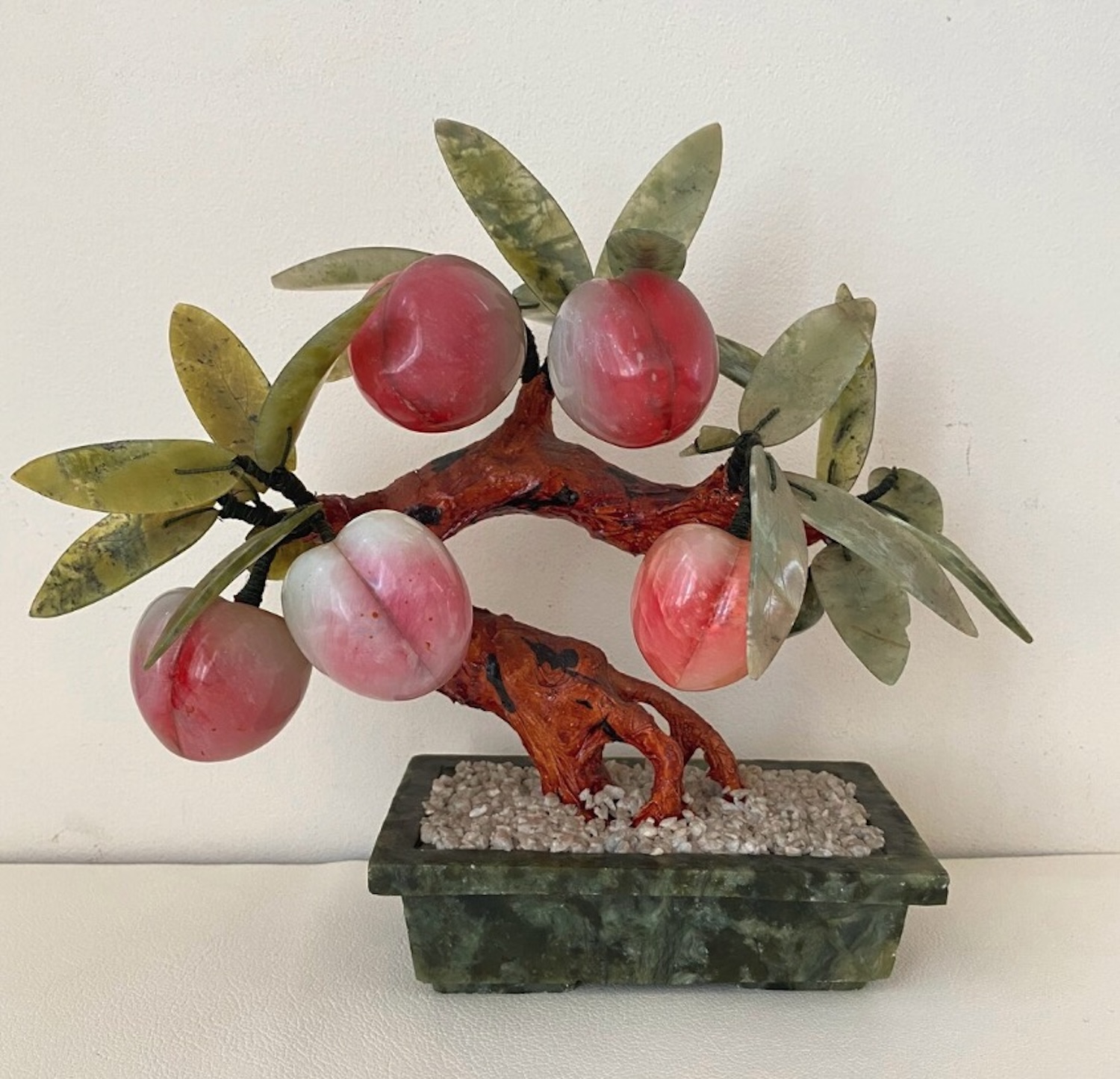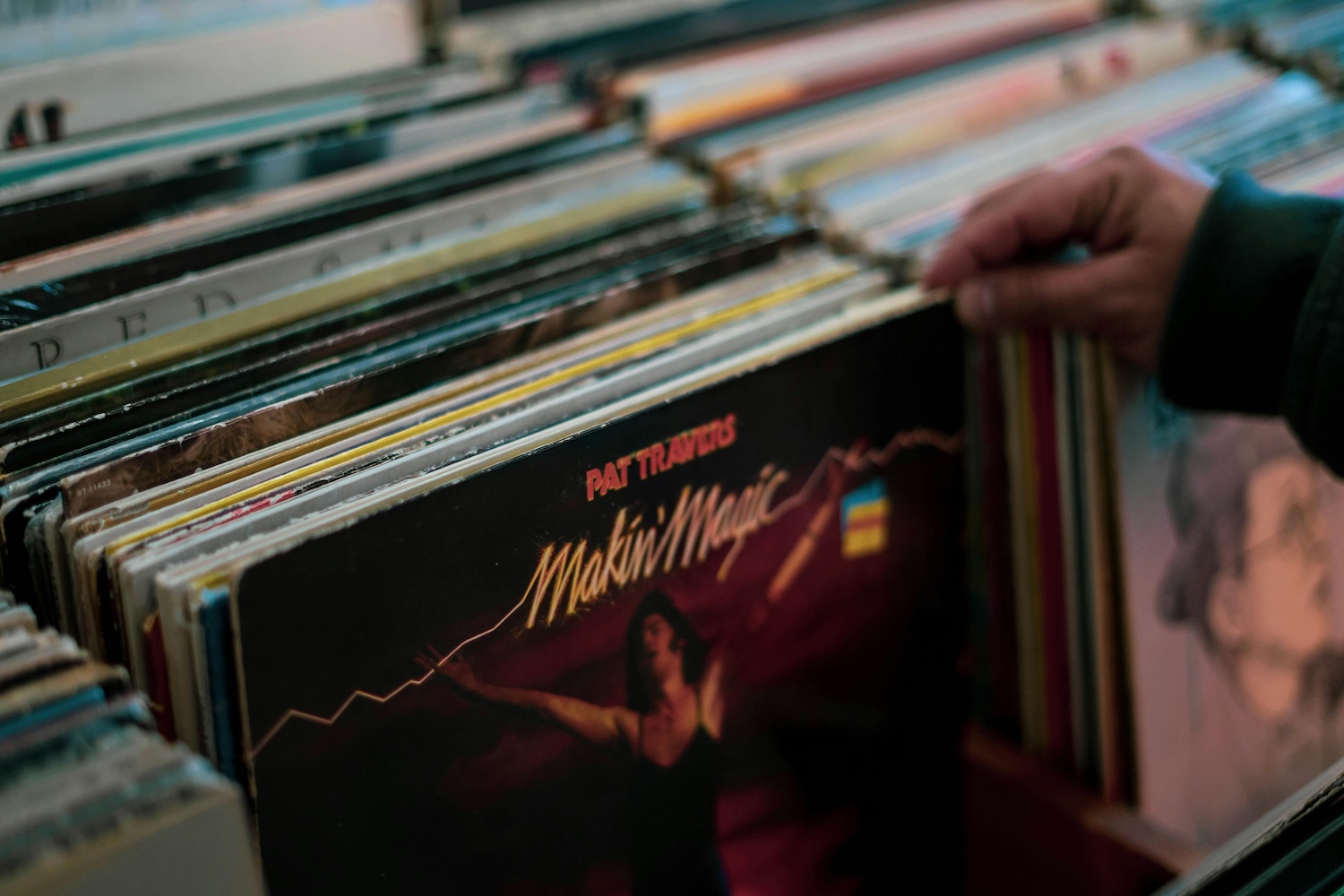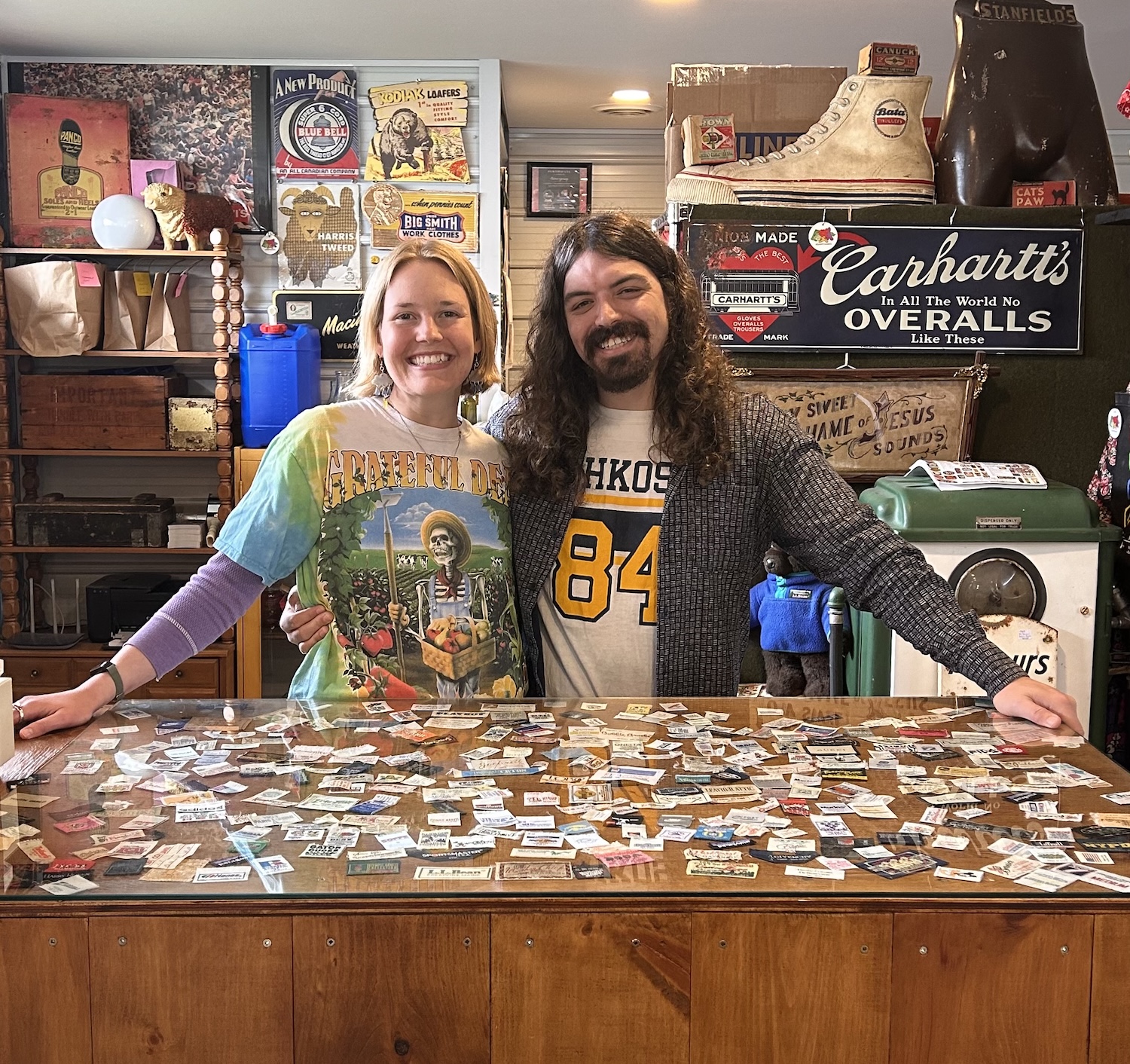
Green dreams: How to collect vintage jade
Thinking about collecting or selling jade but not sure where to start? Our go-to guide unearths its rich history, care tips and where to find the best pieces
It’s now the Year of the Snake, and in honour of Lunar New Year we’re featuring an article about collecting vintage jade, its properties, symbols and mysteries.
Fashioned into objects for more than 8,000 years, jade is still a cherished tradition among many Asian families. Jade is given as wedding gifts for birthdays and other important celebrations, and heirloom pieces are passed down throughout the generations.
A brief history of jade
In ancient times, jade was believed to absorb negative energy and ward off evil spirits. Chinese philosopher Confucius praised jade for its powers to inspire wisdom, courage and compassion.
Jade was initially crafted into tools, ritual items and decorative objects.

During the Shang dynasty, between the 16th century BCE and 11th century CE, it was fashioned into jewellery and even suits for royals.
Jade works became more elaborate as imperial workshops perfected the art in the Ming dynasty (1368-1644 CE) and Qing dynasty (1644-1912 CE).
Understanding jade terminology
Jade is a collective term encompassing both nephrite and jadeite, which can be confusing. Here are the similarities and differences between the two minerals.
Both nephrite and jadeite are silicate minerals made of silicon and oxygen.
Nephrite is from China and has been used since prehistoric times. Jadeite was imported to China from Myanmar in the 18th century. Today, jade is mined around the world.

What jade looks like
Jade is prized for its beauty. When comparing surfaces, nephrite has a waxy look, while jadeite has a glossy and more glass-like surface.
Nephrite is available in green from pale to dark, yellow, black and brown. Jadeite comes in various green shades, as well as white, yellow, purple, red-orange, brown and grey-black.
Starting a vintage jade collection
If you appreciate the beauty of jade, it may be time to start a vintage collection. Carved jade takes on many forms.
You may prefer jewellery such as bracelets or necklaces made from carved jade beads. Pendants may be simple in shape and represent animals or mythical creatures.
If you can find a smooth jade bangle at your price point, snap it up. This decorative wrist jewellery is in high demand.
You can find rings made entirely of jade. Some are simply a polished band, while others are carved or feature a sizeable decorative element on the shank.

A popular era for vintage jade jewellery is Art Nouveau, a brief but glorious period from 1890 to 1910. Green jade instantly lends itself to Art Nouveau themes inspired by nature. Think floral designs set in gold or insect brooches with insets of jade. Some incorporate enamel work for a more colourful design.
Coloured jade also appears in Art Nouveau jewellery. Look for drop earrings with purple jade or heart-shaped purple jade pendants. Mix it up!
Continued below
Find vintage and antique shops near you
Browse our directory
Continued from above
Then there is jade from the Art Deco period, which lasted from the 1920s to the early 1930s. These items are geometrically shaped to match the aesthetic of the new and modernized society.
Look for various jade colours in one design, along with black onyx, a much-coveted gemstone of the time. Search out elongated bar pins with small gold or pearl embellishments.

Rings feature rectangular or square intricately carved jade set in gold or platinum bands. Diamonds around central jade stones, set in platinum, give Art Deco jewellery an elevated look.
Not a fan of jewellery? Alternatively, you can collect a variety of miniature, small or medium figurines and figures.
The marketplace bursts with images of Buddha, animals in a whole family of sizes, and wonderous mythical creatures. More ideas for your collection include small bowls, vases, tea sets, perfume bottles or multi-purpose bottles.
Symbolism in jade carvings
Carved jade often has symbolism associated with it. Fruits like apples represent feminine beauty, pears mean longevity and pomegranates represent fertility.
The Jadeite Cabbage in The National Palace Museum in Taipei, Taiwan, is a jade carving of bok choy that draws massive crowds. Under examination, you’ll see two insects: a locust and a katydid. Both symbolize a home with many children.

Insects are an endless theme, with butterflies symbolizing young love and spiders as protectors. Crickets have the double meaning of courage and are also a sign of summer. Dragonflies mean change and growth.
Birds have multiple meanings depending on the type. While parrots signify love, owls and eagles represent rebirth and protection.
Lions are majestic symbols of strength and protection, while horses represent power, nobility, and, ultimately, peace.
Mystical dragons, the only mythological creature in the Chinese zodiac, are symbols of power and good luck. Represented in jade, these items are gifted for important occasions and milestones.
Avoiding fake jade
Jade is a mineral that is better to shop for in person. Many fake jades are in the marketplace, so you must shop carefully. Start with the touch test. Genuine jade is cold.
Carry a magnifying glass or jeweller's loupe when shopping for jade. Many fake pieces have been dyed. You can spot them by the uniform colour, which is a little too perfect.
Other minerals, such as serpentine, also called New Jade, can be mistaken for jade. Serpentine has more patterns than jade. The name translates to “snakeskin.” It also comes in a greater range of colours. Although it is a pretty mineral, it is not jade, so don’t be fooled.
Serpentine carvings are generally coated in wax to resemble jade. Scratching at them with your nail will reveal whether you can remove wax. If you can, you are dealing with fake jade.

How to find quality jade
Jade is graded by colour, transparency and texture. When seeking beautiful jade jewellery or objects for your collection, look for pieces of uniform colour. If the jade is white, any inclusions in the stone are considered flaws.
Carry a small flashlight in your jade hunting kit. Shine the light on the bottom of the jade. The more translucent it is, the greater the quality. Also, use your flashlight to look for any hidden cracks or chips. However, signs of normal wear and aging should be apparent in vintage jade.
You should always purchase from a reputable dealer.
Caring for your jade collection
Store your jade jewellery in a box with a soft lining. The box should preferably have separate compartments so the pieces do not knock together.
Store jade objects in china or curio cabinets to eliminate dust and damage.
To clean jade items, only use mild soap and water, with a soft cloth to wash and dry.
Taking care of your vintage jade collection will allow you to enjoy the beauty of your jade jewellery or object collection for years to come.
_____
Karen Barr is a freelance writer in Ottawa, Ont.
Thank you for valuing our work!
Support our work to see this page.
You’ve got a good eye, but this gem is only available for members. Register for a plan or upgrade your current one to peek behind this vintage curtain, or log in below.















